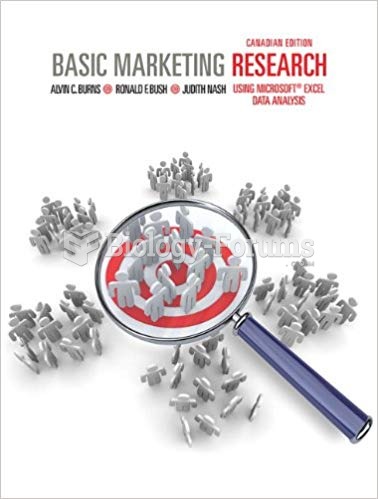Research by Sweeny and Shepperd (2010) had students predicting their grades and measured their emotions during the prediction and after the actual grades were known. Their findings indicate:
A) Optimistic students remained positive and upbeat even when their actual scores were lower than they had predicted.
B) Pessimistic students felt good about their accurate predictions and even showed positive emotions when predicting their own poor performance.
C) Optimistic students reported more positive emotions when making their predictions and also felt much worse when their actual scores were lower than their predictions.
D) Pessimistic students reported more negative emotions throughout regardless of their scores indicating that their attitude is not impacted by performance.
E) Realistic students were the most positive, both when making predictions and viewing their grades, because their accuracy provided an emotional boost.
Question 2
Molly and Emily are members of a girls' basketball team who are responsible for helping to organize fundraising efforts for their team. Molly is extremely motivated to complete this task; in contrast,
Emily only shows a mild interest in completing the required task. Which of the following statements BEST summarizes the likelihood that Molly and Emily will complete their tasks?
A) Molly's motivation will likely cause her to predict that she will finish her task quickly; however, this will have no effect on whether she actually completes her task quicker than Emily.
B) Molly will definitely complete the task in a prompt manner due to her high level of motivation; Emily might not complete the task at all due to her lack of motivation.
C) Molly's level of motivation should not have any effect on how she thinks about proceeding with this task; consequently, Molly and Emily should complete the task at about the same time.
D) Molly's motivation will probably cause her to become overly optimistic which, in turn, will cause her to not complete the task at all; Emily's lack of motivation will likely cause her to complete the task, surprising even herself.
E) Molly's motivation will probably cause her to become overly optimistic which, in turn, will cause her to not complete the task at all; similarly, Emily might not complete the task at all due to her lack of motivation.







